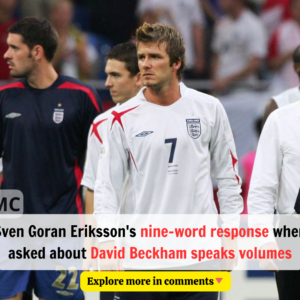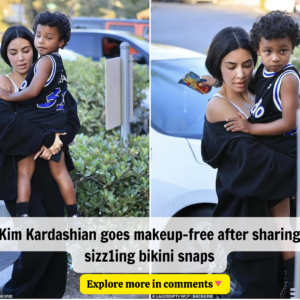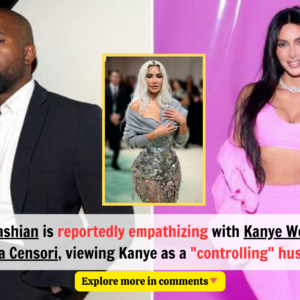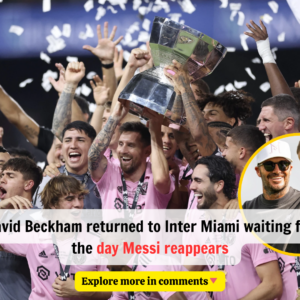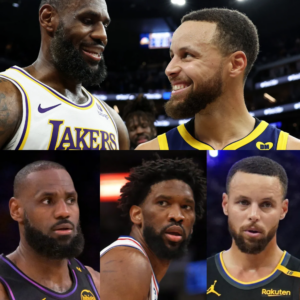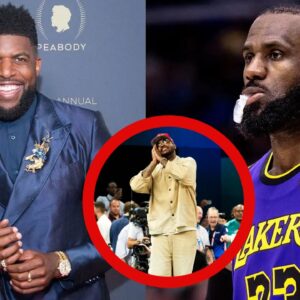Messi, Beckham and beating bankruptcy: Don Garber’s 25 years as MLS commish
Don Garber has endless ways to tell the story of Major League Soccer’s last 25 years, and by extension the sport’s explosive growth in America, but the most relevant might be through the tale of two jerseys.
These days, Lionel Messi’s jersey is everywhere because Messi’s popularity is everywhere, the pink hue of Inter Miami there to be spotted far, far beyond MLS’ geographical borderlines.
In 2008, the same could be said for David Beckham’s gleaming white LA Galaxy shirt, to be found in the planet’s farthest reaches, years before the England star’s U.S. adventure overcame a shaky start and turned into a transformative success.
As he celebrates a quarter-century as MLS commissioner this week, Garber has a story about each.
Last week, during MLS owner meetings at a Colorado ranch, Garber met a South African worker who had spent his week off going to Miami to watch the Argentina icon in action. While all the ranchers wore cowboy hats, there was an Inter Miami replica standing out among all the work-appropriate durable denim.
And it was 16 years earlier, on a hiking trip in a remote part of Myanmar following the Beijing Olympics, that Garber bumped into a tour guide clad in Beckham’s Galaxy garb, in perhaps the last place of all that you’d expect to find it.
“Those things just speak to the power of great players and teams that have really been bold in how they go about building their club,” Garber told me in a telephone interview last weekend. “I can’t tell you how incredible it is to walk around cities anywhere in the world and see all the Messi jerseys. He has been, in a word, transformational.”
A lot of things have helped build MLS to its current state of 29 teams, soon-to-be-26 soccer-specific stadiums, soaring values (LAFC tops $1 billion, per Spotrac) and 12 million in projected 2024 attendance. Plus, most eye-popping of all, a baseline set of $500 million just to be a part of it all, per the most recent expansion fee paid by 2025 debutant San Diego FC.
But star power has unquestionably been a major driver, Beckham’s leap from Real Madrid ushering in a new era of worldwide reach and interest from European and South American-based players and fans. Both that, and Messi’s switch months after winning the 2022 World Cup, when he could have taken untold money to join Cristiano Ronaldo in Saudi Arabia, were seminal moments.
Garber has been there for those globally reverberating breakthroughs, but also in less sexy but vitally important details, like the legislative approvals and local government meetings and legal intricacies needed before you can start even thinking about opening day for a new stadium, which remains his favorite part of the job due to the unfailing sense of optimism it always brings.
Sometimes the progress of soccer feels too slow for the thirsty American fan. It’s like how you never feel your children are actually growing because you see them all the time, then suddenly one day they’re at your shoulder and still heading north.
A look back at MLS at the start of the Beckham era, for example, and the growth has been simply seismic. Especially on the financial side, always the primary remit of any self-respecting commissioner.
“I remember our negotiations with Maple Leaf Sports and Entertainment (for Toronto’s expansion fee when it joined in 2007), and the pushback on $10 million as a number,” Garber said. “It was as hard to get them to 10 as it was to get San Diego in at $500 million.”
The Toronto move is still seen as a key strategic one, being the league’s first foray into Canada and the connection it brought with MLSE, a respected and powerful franchise-owning conglomerate that also boasted the Toronto Maple Leafs of the National Hockey League.
Earlier, there had been contraction, and when the league tightened its belt to just 10 teams in 2002, bankruptcy was a real possibility and its overall survival was by no means assured.
In 1999, when Garber joined after an executive career with the NFL where he held multiple titles, was involved in an overhaul and expansion of the Super Bowl half-time show, and finished up overseeing the NFL’s international building efforts, there was some confusion about his decision.
“They thought I had lost my mind,” Garber said, of several of his former colleagues. But he was 41, wondered why the global passion for soccer wasn’t matched in the United States, and was intrigued by the challenge of solving it.
“There is nothing better than the naïveté of youth,” Garber added. “I wasn’t quite sure what I was getting myself into. I did spend a lot of time in the latter part of my NFL career opening offices around the world, and you experience the power of soccer when you’re not in the U.S.”
The late Steve Sabol, founder of NFL Films along with his father Ed, created an animated cartoon to mark his friend Garber’s departure. Firmly tongue in cheek, it featured a young guy with his head coming out of his, er, backside, saying “saying what on Earth are you thinking?”
From the soccer side, there was skepticism of the American football interloper. Garber was excited, segments of the soccer public were not. The Los Angeles Times ripped his appointment as “a bad choice” and described Garber as a “man whose knowledge of soccer can be summarized in one word: nonexistent.”
Fast-forward to now, and no one is questioning Garber’s body of work. MLS’ financial model — and yes, he understands how the league’s closed structure is a controversial thorn to soccer purists — is looked at enviously by big European teams, and MLS’ work on the commercial side is regarded as cutting edge.
Garber is 66, and has already turned thoughts to a transition process for his eventual replacement to take things forward, but says that is “not for the short term.”
He definitely won’t be in place in another 25 years and wonders with interest where MLS will be then. He has full confidence that soccer’s grip on America will only grow, and that if the league grows beyond 30 teams, even the half-billion paid by San Diego will be dwarfed in the future.
For now, he still has the energy required to keep building with a “start-up mentality,” an attitude he says permeates through the league’s head office.
On the playing side, it is hard to equate exactly where MLS sits. Analytics firm Opta ranks it as the 10th strongest division in soccer; other versions place MLS lower. And yet, except for the Saudi Pro League, there is not another competition outside of Europe’s “Big Five” league that would have a snowball’s chance of landing a Messi-caliber player, or have anywhere such brand value as MLS clubs.
“It is heartwarming to see where we are, and we realize there is still a lot of hard work to do,” Garber said.
“Our best days are still ahead of us. In a lot of ways we have joined the powers of Europe, whether it is on the field or how we are managing and governing our league and its commercial growth.
“I find our big moments thrilling and emotional, but you get to work the next day and think about what is on our to-do list. I am not sure other leagues around the world think that way.
“But that is the MLS way.”
News
Sven Goran Eriksson’s nine-word response when asked about David Beckham speaks volumes
David Beckham captained England during Sven Goran Eriksson’s time in charge and the pair have kept in touch ever since the Swede was sacked by the FA…
Kanye West’s wife Bianca Censori almost suffers yet another wardrobe malfunction exposing her derriere in bandage dress as they step out in LA
Bianca Censori stepped out with her husband Kanye West in her latest skin-baring outfit on Friday. The Australian architect, 29, wore a skin-tight, sleeveless bandage dress that didn’t quite cover…
Kim Kardashian goes makeup-free for son Saint’s basketball game in LA – after sharing sizzling bikini snaps
The typically glamorous star ditched her heavy makeup and fresh blowout and, instead, sported her natural complexion and a ponytail. Kim had on baggy black sweatpants and…
Kim Kardashian ‘pities’ Bianca Censori and her ‘toxic’ marriage to Kanye West
Kim Kardashian feels bad for Bianca Censori as Kanye is ‘forcing’ her to ware racy outfits.© Getty Kim Kardashian is reportedly empathizing with Kanye West’s wife, Bianca Censori, viewing Kanye as a…
David Beckham returned to Inter Miami waiting for the day Messi reappears
Inter Miami president David Beckham posted a photo of himself and his son Romeo at the training ground on August 7, showing that he has returned to…
Victoria Beckham Gets Pranked by Family in ‘Just Give Me My Money’
David Beckham shared a video of his wife being pranked on Thursday, Aug. 8 alongside the words “we got Mum” david beckham/instagram Victoria Beckham, Harper Beckham, David…
End of content
No more pages to load

